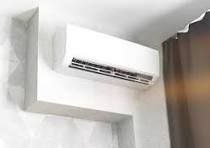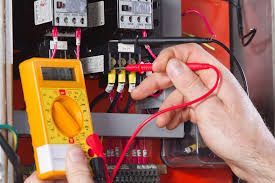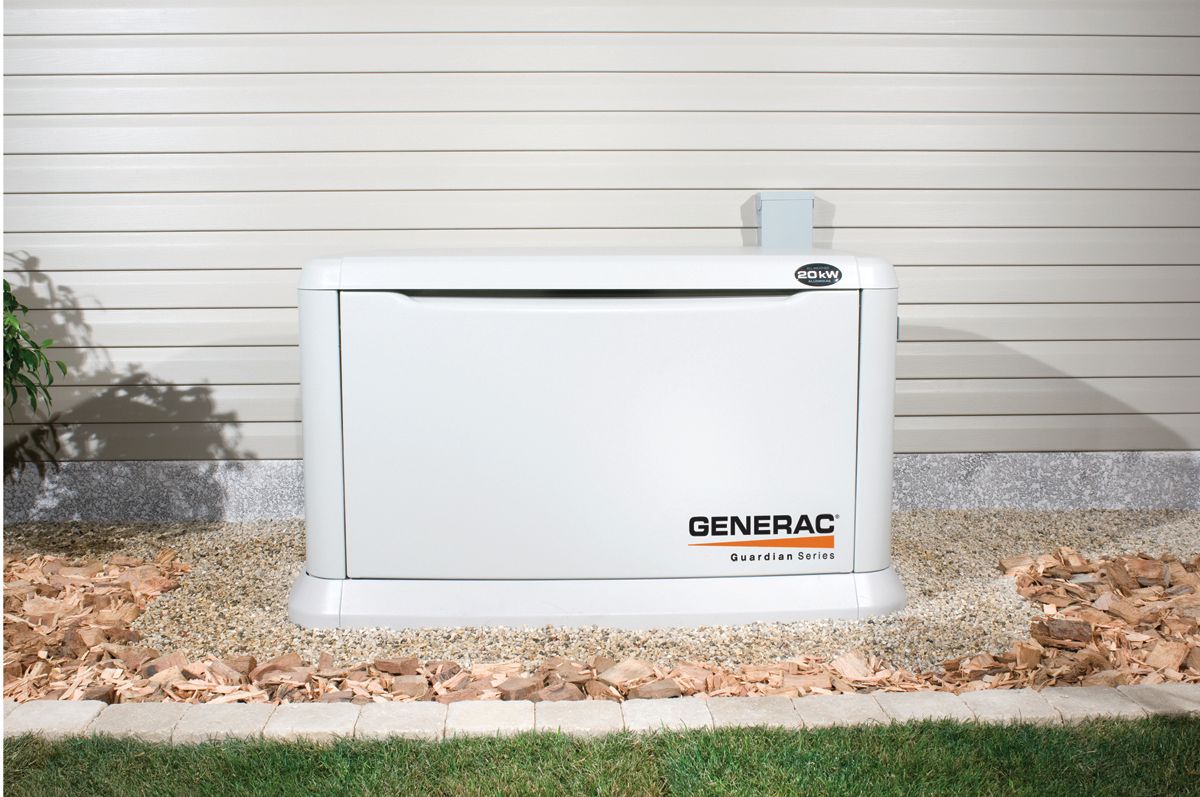Outlet voltage
7013674360 • June 26, 2025
How to Tell What Voltage an Outlet Can Support: A Simple Guide
When you plug in an appliance or gadget, one of the most important factors to consider is the voltage that the outlet can support. If the voltage is too high or too low for the device you're using, it can cause malfunctions or even lead to dangerous electrical fires. But how can you easily figure out the voltage that an outlet supports?
In this post, we'll walk you through a few methods for determining the voltage of an electrical outlet, and why it's so important to make sure everything is running at the right voltage.
1. Check the Label or Specifications of the Outlet
The easiest way to determine the voltage of an outlet is to check the label or specification of your home or office's electrical system. This will typically be displayed on the breaker panel, which is usually located in your basement, utility room, or garage. In most countries, there are standard voltage ratings for home outlets, but there may still be variations based on location or appliance needs.
United States: Standard voltage is typically 120V for most outlets (in residential settings), while 240V outlets are used for high-power appliances like dryers and ovens.
Europe and most of the world: Most countries use 230V as the standard voltage, but again, there are specific exceptions, so always check your local code.
By knowing the standard voltage in your region, you can make a good guess about what an outlet supports.
2. Use a Multimeter to Measure Voltage
If you want to be more precise or check a specific outlet, using a digital multimeter is the best way to measure the voltage.
Here’s a step-by-step guide:
Tools Needed:
A digital multimeter
Proper safety precautions (i.e., avoid touching metal parts when measuring)
Steps:
Set your multimeter to measure AC voltage (look for the “V~” symbol on your multimeter).
Insert the probes: One probe goes into the “common” (negative) port, and the other goes into the “voltage” (positive) port.
Touch the probes to the outlet: Insert the black (negative) probe into the larger slot, and the red (positive) probe into the smaller slot of a typical North American outlet.
Read the multimeter: The digital readout will display the voltage of the outlet.
For a standard 120V outlet in the U.S., you should see a reading around 110V to 120V. For higher voltage outlets, like those used for large appliances, you might see readings closer to 240V (especially in industrial settings).
Safety Tip:
If you're not comfortable working with electricity or have doubts about safety, it’s best to call an electrician to do the measurement for you.
3. Look for Specific Outlet Types (Different Voltages for Different Uses)
Outlets come in different shapes and sizes, each designed for different voltage requirements. Here’s a quick guide to recognize the type of outlet:
Standard 120V Outlet (North America):
Two vertical slotted holes, or a round hole along with the two slotted holes (for grounded outlets).
240V Outlet (for high-power devices like electric stoves, dryers, and large air conditioners):
Larger, sometimes with three or four holes. They are often round or L-shaped (with varying configurations).
European 230V Outlet:
Typically a round socket, which usually supports 2-pin or 3-pin plugs depending on the specific region.
Check your appliance's plug type and match it with the outlet’s design to confirm if it’s intended for the voltage in your area.
4. Consult with an Electrician
If you're unsure about the specifications of your outlet, or if you have concerns about whether it is capable of safely handling a certain voltage, it’s always wise to consult a professional. Electricians can inspect your system, advise on upgrades or repairs, and ensure that everything meets safety standards.
Why Voltage Matters
Understanding the voltage of an outlet is crucial for several reasons:
Device Safety: Plugging a device into an outlet with the wrong voltage can burn out your device’s components, rendering it useless or, worse, causing fires.
Energy Efficiency: Using the correct voltage ensures your device runs efficiently and doesn’t consume more power than necessary.
Longevity of Appliances: Devices that are exposed to improper voltages may wear out prematurely or operate erratically. By checking the outlet specifications, using a multimeter to test the voltage, or examining the outlet’s design, you can easily figure out what voltage an outlet can support. Whether you’re setting up a new device, troubleshooting an old one, or simply keeping your electrical system safe, understanding voltage is key to maintaining a secure and efficient home or workspace.
If in doubt, always consult an electrician to avoid any risks. Better safe than sorry when dealing with electricity!


Let’s face it—when the summer sun turns your living room into a sauna and your cat starts laying on the tile floor like a melted popsicle, it’s time to call in the big guns. We’re talking mini-split air conditioning, folks. At Anchor Electric, we may have “electric” in our name, but we’re also your go-to crew for cool, quiet, and energy-efficient comfort. Our mini-split installations are so smooth, your neighbors might ask if your home secretly got upgraded to first class. What’s a Mini-Split, Anyway? If you’re imagining a tiny karate move, we love your creativity—but no. A mini-split is a ductless air conditioning system that mounts cleanly on your wall and delivers targeted, whisper-quiet cooling to specific rooms. It's like the VIP section of climate control. Bedroom too hot? Office too stuffy? Your basement slowly turning into a lava tube? We’ve got you. Why Go Ductless? Besides being fun to say ("mini-split" just rolls off the tongue), here’s why these systems are a no-brainer: No ductwork needed – Great for older homes or additions where ducts would be a nightmare. Energy efficient – Cool only the rooms you're using. Save money. Spend it on ice cream. Fast installation – Our pros can get you up and running faster than you can say "it’s how hot outside?!" But Wait, There’s More… Not only do we install your system, we do it right. That means: We don’t leave a mess behind (unless you count all the compliments you’ll get). We make sure it’s done safely, efficiently, and up to code. We explain how to use your new system like the responsible, climate-savvy homeowner you are. So… Ready to Chill? If you’re sweating through another July like a human popsicle, give Anchor Electric a call. We’ll help you take control of your home’s comfort—without starting World War III over the thermostat. Let’s bring the chill, one mini-split at a time. Call Anchor Electric today. Your future cool self will thank you




Share On: